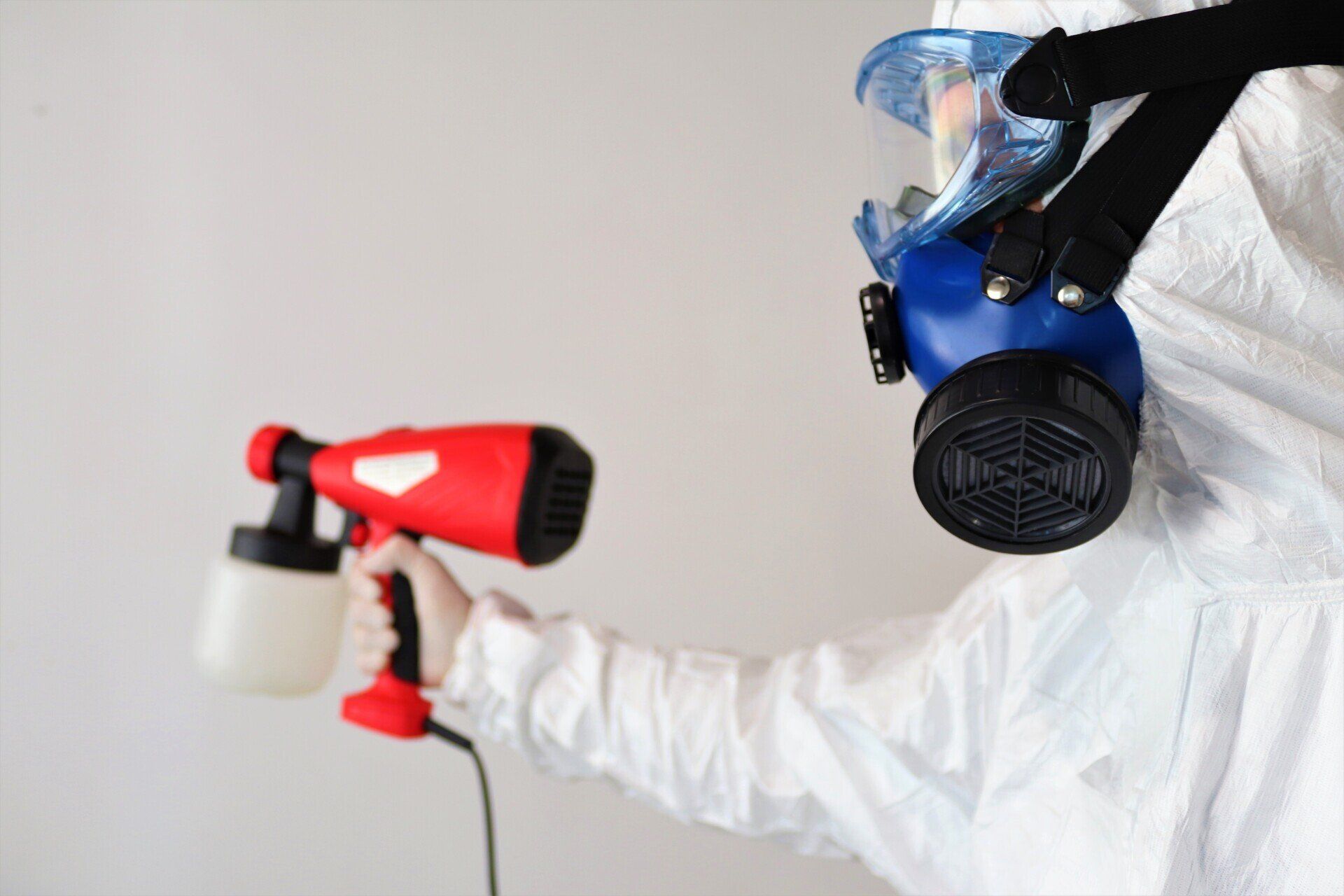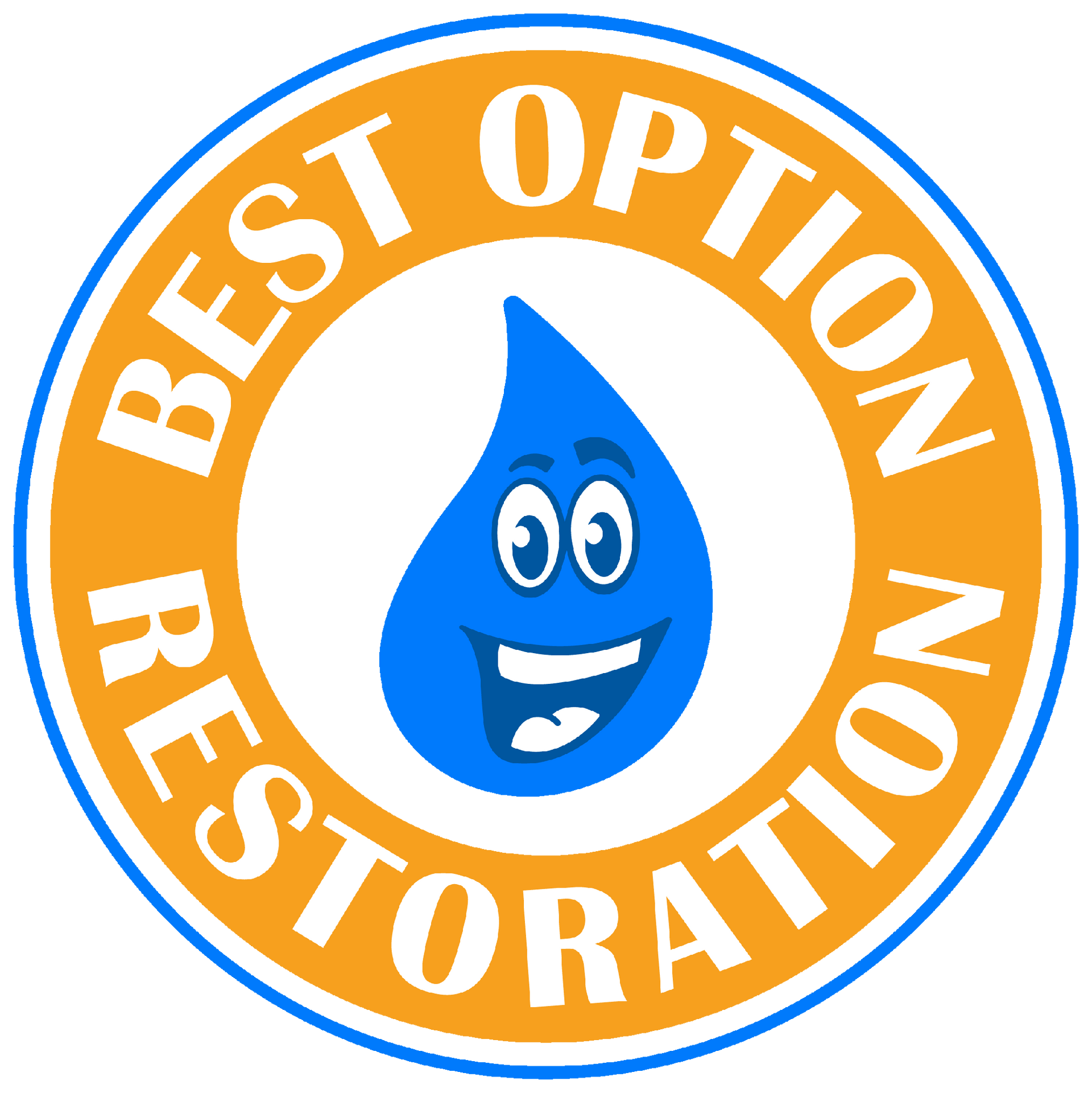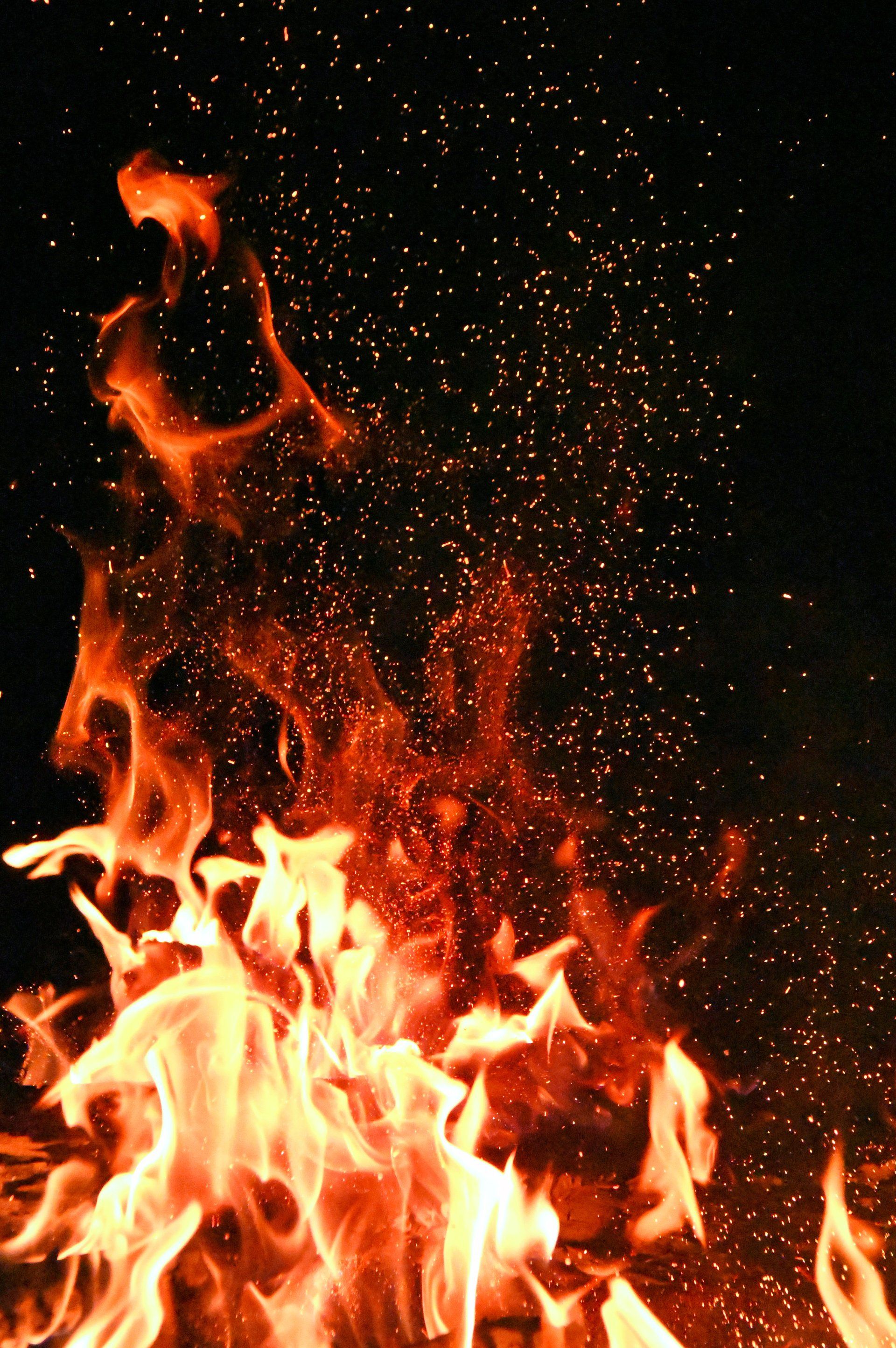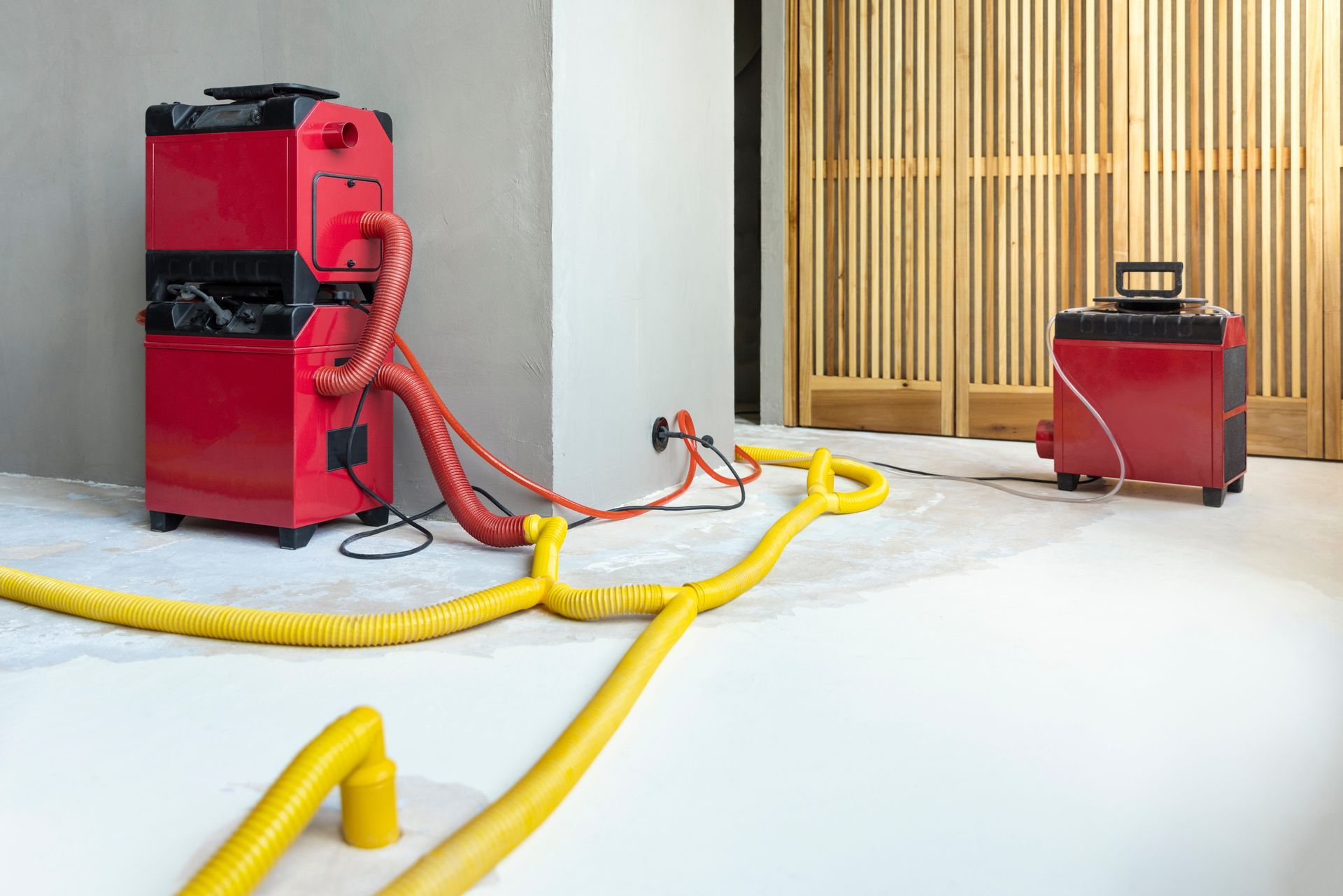The Dangers of Mold Growth in Your Home
Don't Ignore the Dangers of Mold in House: What You Need to Know

Mold is a fungus that thrives in damp areas and commonly found in basements, bathrooms, and kitchens. If left unchecked, it poses significant health hazards and can degrade your home structure. This article will discuss the potential dangers of mold, including negative health effects and property damage. We will also provide actionable steps on how to identify, prevent, and handle mold growth in your home. Stay tuned for insights into how to create a safer, healthier living environment.
Health Risks
Exposure to mold can lead to serious health issues. According to the Institute of Medicine (IOM), there's significant evidence linking indoor exposure to mold with upper respiratory tract symptoms, coughing, and wheezing in otherwise healthy individuals. The IOM also found limited or suggestive evidence connecting indoor mold exposure and respiratory illness in otherwise healthy children. Different types of mold, like
Stachybotrys (also known as black mold), can produce mycotoxins, potentially causing severe health problems, including neurological issues and even death. Here are the dangers of mold in houses:
Allergic Reactions
Allergic reactions to mold exposure can vary, ranging from minor symptoms such as eye irritation to severe respiratory distress. Certain individuals, including those with asthma, allergies, or compromised immune systems, are more susceptible to mold allergies. This heightened sensitivity can lead to more severe reactions upon inhaling mold, underscoring the dangers of mold in homes.
Respiratory Issues
Inhaling mold spores can lead to a range of respiratory issues. These tiny particles can enter the lungs, triggering asthma attacks and causing persistent coughs, wheezing, and shortness of breath. Chronic exposure to black mold, a type of toxic mold, can even lead to serious conditions such as bronchitis and pneumonia. Hence, the prevalence of mold in your home should not be overlooked.
Headaches and Fatigue
Mold exposure can also impact energy levels and cognitive function. Toxic mold spores, when inhaled, can cause systemic inflammation, leading to persistent headaches and chronic fatigue. The ongoing struggle of the immune system against this harmful toxic mold can result in a general feeling of malaise and difficulty concentrating, highlighting the dangers of mold in the house.
Irritation
Mold exposure can lead to irritation of the eyes, nose, and throat. Mold spores enter the body through inhalation or direct contact and can trigger an inflammatory response. This can result in itchy, watery eyes, a runny or blocked nose, and a sore throat - more reasons why it's critical to address mold in your home promptly.
Fungal Infections
Fungal infections can result from prolonged exposure to mold, particularly in individuals with weakened immune systems. Infections can range from superficial skin conditions caused by common molds to invasive systemic infections from toxic molds like Aspergillus. These can lead to serious health complications, further emphasizing the dangers of mold in homes.
Neurological Symptoms
Exposure to certain types of mold, especially toxic molds like Stachybotrys, can lead to neurological symptoms. This may include memory loss, difficulty concentrating, and confusion. These issues arise when mycotoxins produced by the mold affect the central nervous system, underlining the serious implications of having mold in your home.
Immunological Reactions
Immunological reactions to mold are serious concerns, particularly for individuals with weakened immune systems. Exposure to mold can stimulate an overactive immune response, leading to inflammation and autoimmune disorders. This response to toxic mold can result in a myriad of health issues, reinforcing the importance of addressing the presence of mold in homes.
Toxicity From Mycotoxins
Toxicity from mycotoxins, a byproduct of certain molds like Stachybotrys (black mold) and Aspergillus, poses a serious health risk. These mycotoxins, when inhaled, can cause severe health issues, from neurological disorders to respiratory illnesses. Thus, the presence of such toxic molds in homes underscores the critical need for prompt and effective mold remediation.
Sudden Infant Death Syndrome (SIDS)
While rare, certain research has suggested a potential link between exposure to black mold and Sudden Infant Death Syndrome (SIDS). Although definitive evidence is still lacking, it's advisable to ensure a mold-free environment for infants as a precautionary measure. Keep the nursery well-ventilated, use exhaust fans, and regularly check for any signs of mold in your home.
Structural Damage
Mold growth can severely compromise the structural integrity of a property. When mold infiltrates materials like wood and drywall, it can lead to decay and deterioration over time. Examples of long-term damage include weakened floorboards, crumbling walls, and compromised foundations. This not only poses a safety risk but also significantly reduces the property's value. Swift action to remove and prevent mold is crucial to preserve your property's longevity and worth.
Weakening of Building Materials
Mold growth can result in the weakening of building materials such as walls, floors, and ceilings. It consumes these materials as a food source, gradually leading to structural damage. Prolonged mold presence can compromise the strength and stability of these structures, posing significant safety risks and potentially leading to expensive repairs.
Compromised Foundation
Mold growth can have a detrimental effect on the foundations of a building. As mold thrives in damp spaces, it can infiltrate and weaken foundational materials, leading to crumbling structures and potentially hazardous conditions. Ignoring mold growth can exacerbate these issues, emphasizing the dire need for prompt mold detection and eradication to safeguard your home's structural integrity.
Decreased Property Value
Mold presence can markedly decrease property value, making it a less attractive prospect to potential buyers. Homes with mold issues often linger on the market. Even if a sale is possible, it's typically at a reduced price due to the anticipated cost of mold remediation and potential health risks associated with inhaling mold.
Increased Risk of Collapse
When mold severely weakens building structures, it increases the risk of collapse. This poses an immediate safety threat to inhabitants. The presence of mold, if left unaddressed, can lead to extensive damage, demanding costly repairs or even leading to total structural failure. Thus, immediate mold remediation is vital to avoid such catastrophic consequences.
Discoloration, Warping, or Deformation
Mold growth often leads to discoloration, warping, or deformation of building materials, significantly impacting a home's appearance. For instance, mold can stain wallpapers, discolor walls, warp wooden furniture, and deform plasterwork. Such effects not only detract from your home's aesthetic appeal but also signal serious hidden damage, underscoring the dangers of mold in the house.
Unpleasant Odors and Reduced Indoor Air Quality
Mold growth often results in unpleasant odors and reduced indoor air quality. These musty odors can make living or working in the affected space uncomfortable. Worse, inhaling mold-contaminated air poses serious health risks, including respiratory problems and allergic reactions, impacting overall well-being and quality of life. This highlights the inherent dangers of mold in homes.
Increased Potential for Pest Infestations
Mold growth can attract pests like insects and rodents that are drawn to its moisture and organic material. These pests can exacerbate the problem, causing further damage to building materials and spreading mold spores. This underscores the need for immediate mold remediation to prevent a dual threat of mold and pest infestations.
Increased Potential for Future Water Damage or Mold Growth
Mold growth often signifies underlying moisture issues. If neglected, these can escalate into more severe water damage, leading to more extensive and harmful toxic mold growth. Promptly resolving such moisture problems is vital to prevent further mold propagation and the associated hazards, including structural damage and health risks.
Identification and Prevention
Identifying mold growth in your home can sometimes be as straightforward as spotting visible signs like discolored patches on walls, ceilings, or floors. These may appear in various colors, such as black, green, or white, and often have a fuzzy or slimy texture. However, mold also grows in hidden areas, like behind wallpaper or underneath carpeting. In such cases, a musty odor can be a key indicator of its presence.
Preventing mold growth entails the proactive management of moisture levels in your home. This involves ensuring proper ventilation, especially in high-moisture areas like bathrooms and kitchens, and using
dehumidifiers in damp spaces. Regularly cleaning and drying wet areas, such as after a
flood or
leak, is crucial to prevent the conditions that favor mold growth.
Addressing water damage promptly is of utmost importance, as it provides an ideal environment for mold proliferation. Ignoring leaks, even minor ones, can lead to extensive mold contamination that not only affects the structural integrity of your property but also poses significant health risks. Therefore, swift action in resolving any moisture problems in your home is essential in successfully preventing mold growth.
Remediation and Removal
Mold remediation involves several steps, beginning with a thorough inspection to assess the extent of the infestation. Once identified, containment measures are implemented to prevent the spread of mold during the remediation process. Affected materials, such as carpeting or drywall, are carefully removed and disposed of. The remaining areas are then thoroughly cleaned and disinfected. Finally, restoration of the affected areas takes place, ensuring the space is safe for occupancy once more.
Working with a professional mold remediation company is key to ensuring a thorough and safe removal process. Experts are equipped with the necessary tools, knowledge, and experience to effectively handle mold infestations of any scale. They adhere to safety guidelines, protecting both themselves and the occupants during the remediation process.
When choosing a mold remediation company, look for one with a strong reputation and proven track record. Check for certifications and accreditations, as these are indicators of quality and reliability. Comprehensive insurance is also crucial to protect you in case of any unforeseen incidents during the remediation process. Lastly, a good mold remediation company will provide a detailed plan of action and communicate effectively throughout the entire process, putting your mind at ease.
Fight the Mold in Your Home With Best Option Restoration
At Best Option Restoration, we understand the dangers of mold in homes, including exposure to black mold and harmful toxic mold. Our team of professionals is meticulous and thorough, ensuring your home is free from all types of mold that could potentially cause health issues, such as eye irritation from inhaling mold. We equip ourselves with high-grade exhaust fans to ensure all mold spores are captured and eradicated during the process. Remember, the presence of mold in your home is not just a cosmetic issue; it can lead to severe health complications and reduce your property value considerably. Don't let your home be taken over by the dangers of mold. If you suspect you have a mold problem, reach out to us today. We're here to restore your home to its former glory and ensure it's a safe, healthy environment for you and your family. Contact Best Option Restoration today, and let us help you fight the battle against mold.


